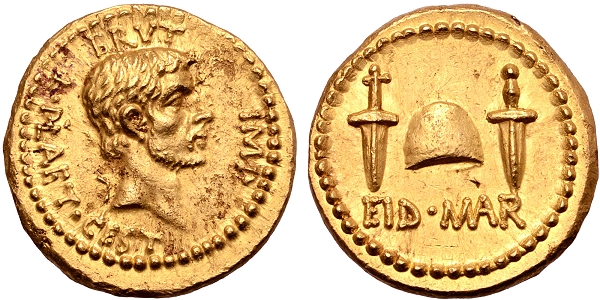Latimer
JUB Addict
- Joined
- Feb 2, 2010
- Posts
- 6,581
- Reaction score
- 487
- Points
- 83
@NotHardUp1 Thanks for the images of the aureus. I forwarded it to family and friends; neither they nor I had been aware of it or its origin.
Further digression: while I know little of ancient coins, I find it interesting that it seems that, unlike earlier Greek and Hellenistic rulers who present idealized portraits of themselves (Alexander, for example, is shown as Apollo-like and often wears the lion hood of Hercules), Roman coin portraits more often present their subjects as everyday men. Moving forward in time, Michelangelo's Renaissance Brutus in the Bargello looks to be a decisive and disdainful man of action, whereas the Brutus on the coin looks thoroughly ordinary.
The young Napoleon was fortunate that he had a perfect face for propaganda and great painters to commemorate his victories and accomplishments.
Further digression: while I know little of ancient coins, I find it interesting that it seems that, unlike earlier Greek and Hellenistic rulers who present idealized portraits of themselves (Alexander, for example, is shown as Apollo-like and often wears the lion hood of Hercules), Roman coin portraits more often present their subjects as everyday men. Moving forward in time, Michelangelo's Renaissance Brutus in the Bargello looks to be a decisive and disdainful man of action, whereas the Brutus on the coin looks thoroughly ordinary.
The young Napoleon was fortunate that he had a perfect face for propaganda and great painters to commemorate his victories and accomplishments.




